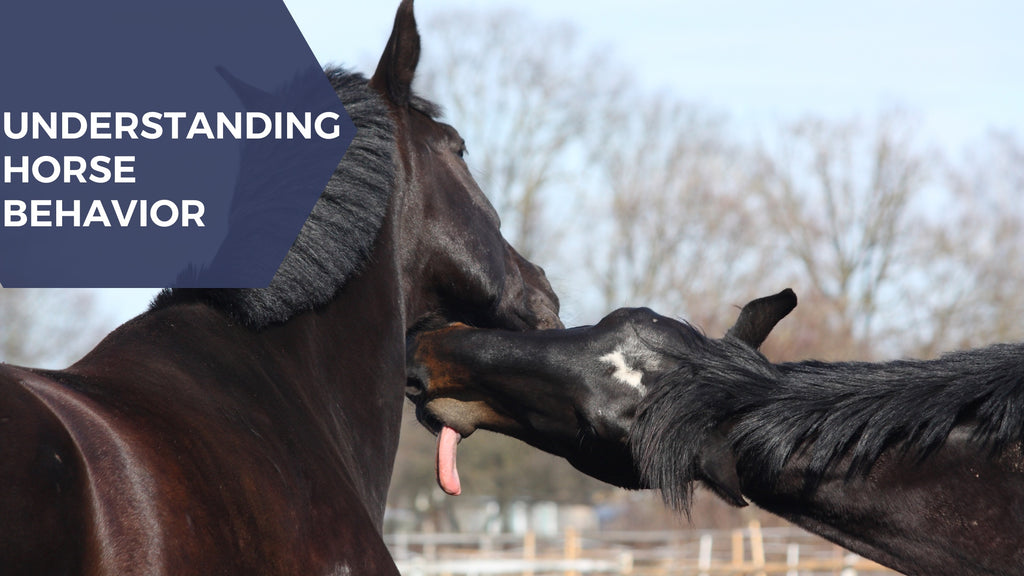Understanding horse behavior: communication, body language, and herd dynamics
Horses are highly social animals and have complex communication systems that rely heavily on body language and herd dynamics. Understanding horse behavior is important for anyone who works with horses, whether as a rider, trainer, farrier, hoof trimmer or caretaker. In this blog post, we'll explore the basics of horse behavior, including communication, body language, and herd dynamics.
Communication: Horses communicate with each other using a variety of visual and auditory signals. These include ear position, tail movement, vocalizations, and body posture. For example, a horse with ears forward and tail relaxed is typically calm and interested, while a horse with ears back and tail swishing is showing signs of aggression or discomfort. Learning to read these signals is important for understanding a horse's mood and behavior.
Body Language: Horses are very expressive with their bodies, and their posture and movement can convey a wide range of emotions and intentions. Some common body language cues include head position, neck arching, pawing, and biting. For example, a horse that is arching its neck and snorting may be feeling excited or anxious, while a horse that is pawing at the ground may be impatient or frustrated.
Herd Dynamics: Horses are social animals that live in hierarchical groups known as herds. Understanding herd dynamics is important for working with horses, as it can help to explain certain behaviors and interactions. In a herd, there is usually a dominant horse that leads the group and determines the hierarchy. Other horses will submit to the dominant horse and follow its lead. Horses that are lower in the hierarchy may show signs of submission, such as lowering their heads or backing away from the dominant horse.
Overall, understanding horse behavior is essential for working with horses in a safe and effective manner. By learning to read a horse's communication and body language cues, as well as understanding herd dynamics, farrier, hoof trimmers and caretakers can better understand their horses and develop stronger, more positive relationships with them.

